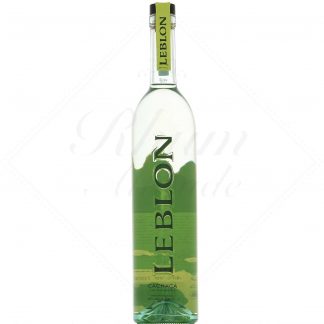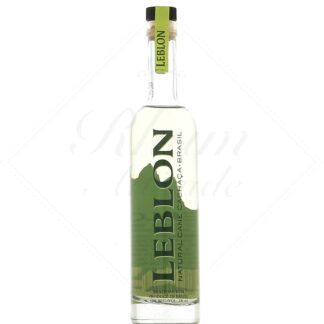Leblon
Leblon cachaça was first introduced in the USA and Brazil in 2005, and began to spread to Europe in 2006. Distilled at " La Maison Leblon ", in the highlands of Minas Gerais, it is the fruit of a collaboration between two distillation specialists: Carlos Oliveira from Brazil and Gilles Merlet from Cognac.
It is produced using only pure juice from the estate's own cane, and benefits from artisanal methods throughout the entire production process, earning it certification as a " Cachaça de Alambique ". This certification guarantees a genuine cachaça distilled in small batches, as opposed to industrial cachaças produced on large multi-column installations.
Maison Leblon also follows an eco-responsible approach, transforming cane cutting waste into fodder for the animals of local farmers, or reusing bagasse (the remains of pressed cane) to heat stills.
Leblon was at the forefront of the " legalize cachaça " movement in the United States, where the product's Brazilian specificity was not recognized. At the time, it was classified as "Brazilian Rum", which did neither justice to its traditional production process nor to its distinctive aromatic profile. The movement won its case in 2013, and the cachaça has asserted its own identity and production methods .

